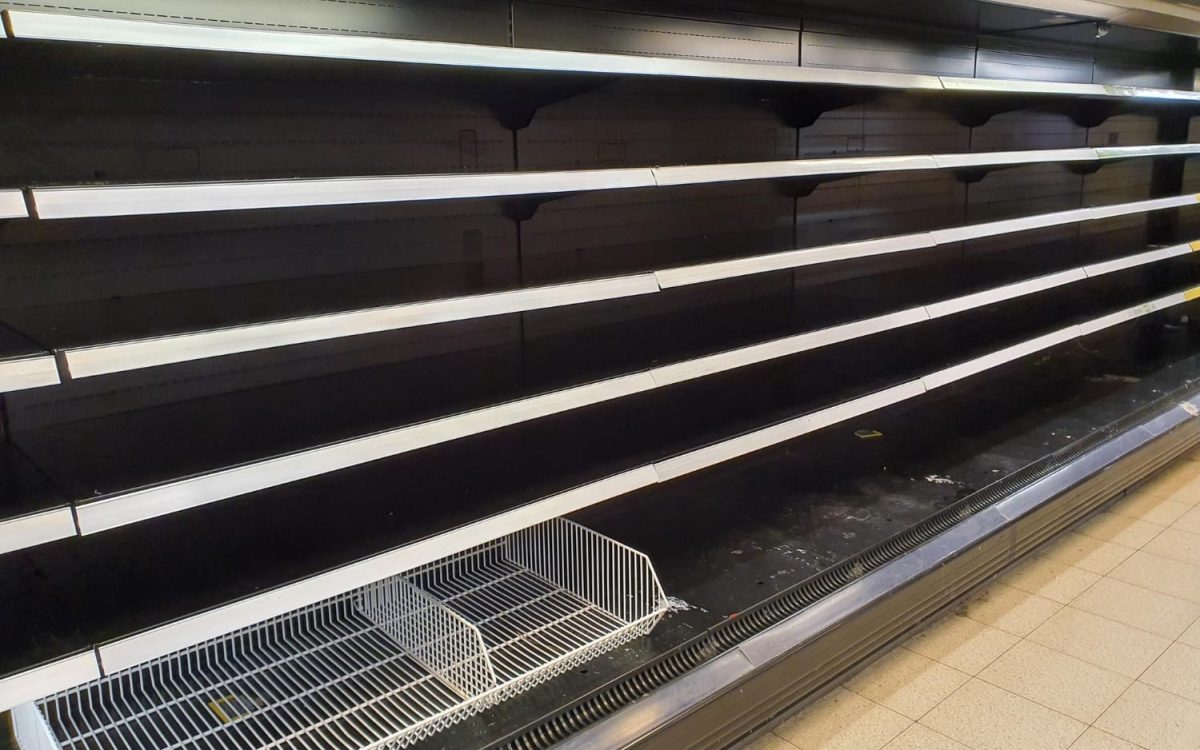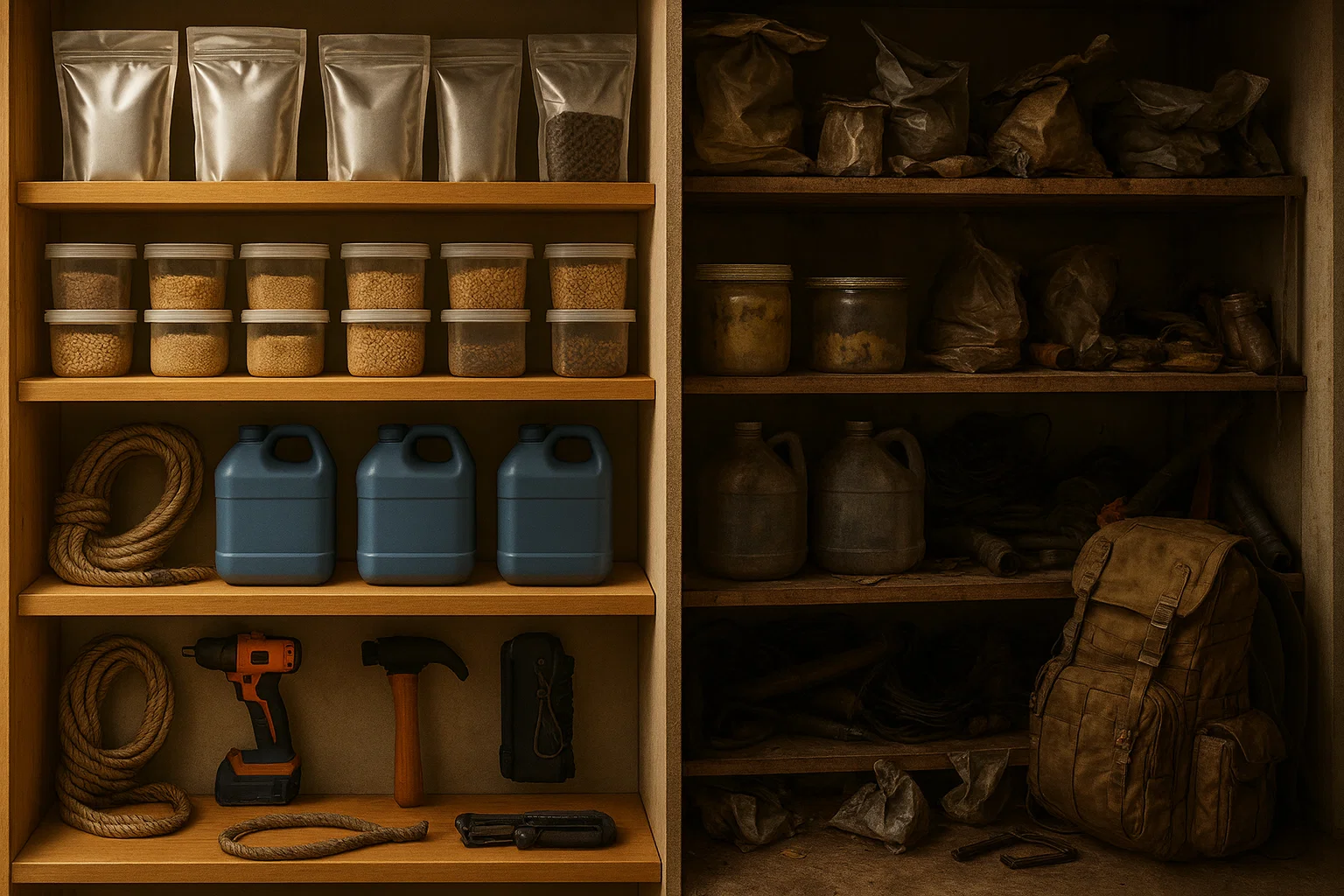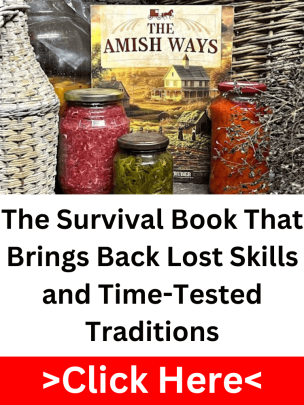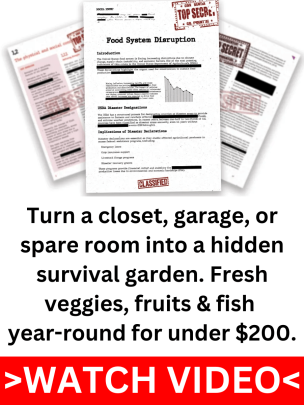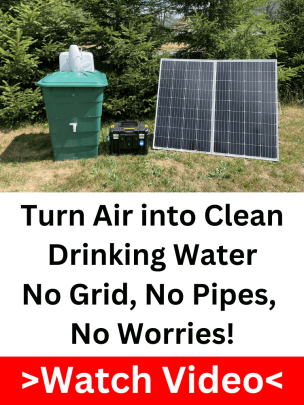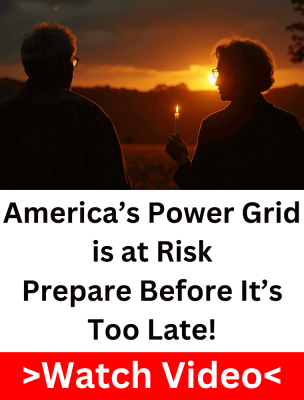There’s no sugarcoating it: 2024 was a challenging year for the unprepared. Supply chains failed under strain, leaving bare shelves where necessities should have been. The electricity grid demonstrated its frailness, with blackouts leaving millions in the dark. With increased crime and economic uncertainty, the globe felt more insecure than ever. If last year taught us anything, waiting until a crisis strikes to begin preparing is a poor strategy.
Preppers experienced a very different situation than the typical individual, who panicked and frantically acted. The folks who were prepared with food supplies, backup power sources, and a security plan weren’t the ones squabbling over the final loaf of bread at the supermarket. They were spared from waiting days in the dark for the power to return. They certainly didn’t depend on the government to intervene and rescue them. Self-reliance, not paranoia, is the key to preparing for 2025, and 2024 made that point quite evident.
There is no justification for being unprepared this year. The most important survival lessons learned in 2024 made it clear where our vulnerabilities are. Some will choose to ignore them in the hopes of success. Others will use them, the intelligent ones, to advance and maintain their lead. We’ll go over what went wrong, what worked, and how to prepare for whatever 2025 has in store for you in the upcoming chapters.
Conflict & Shortages
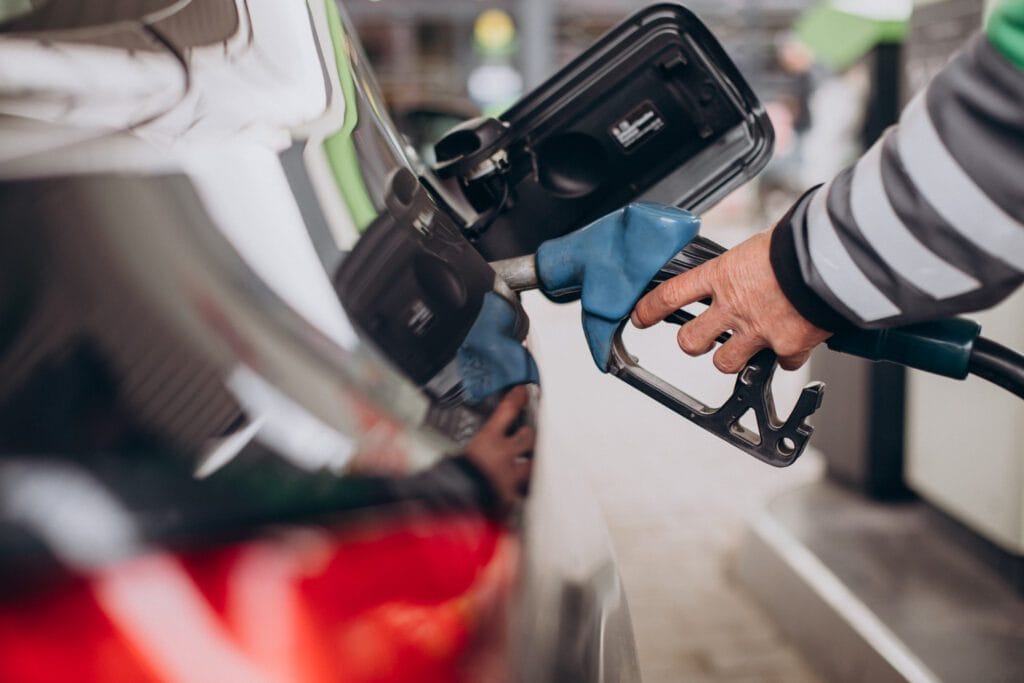
Wars and worldwide conflicts used to seem like far-off issues that only occasionally affected your daily life, something you might hear about on the news. It was smashed in 2024. Americans experienced supply chain failures, bare store shelves, and skyrocketing prices due to the escalation of international hostilities. The spike in oil prices increased the cost of everything from groceries to gas. Due to sanctions, trade restrictions, and shipping delays, businesses struggled to replenish, and the average citizen physically suffered the price. One thing became evident from 2024’s survival lessons: you’re in trouble if you continue relying on a shaky supply system.
People are setting themselves up for failure if they rely on supermarkets and big-box businesses always to have what they need. Preppers know that depending on big-box stores is risky, as demonstrated by 2024. Grocery retailers lacked a contingency plan in case of supply chain interruptions. Essential drugs ran out in pharmacies. Overnight, the cost of fuel and generators soared at home improvement retailers. The folks who stocked up at the last minute either paid twice as much or left empty-handed. Those who prepared ahead didn’t have to deal with crowds or worry about where they would get their next meal.
If you want to avoid last-minute panic buying in 2025, take action now. Preparing for 2025 means ensuring your food supply before a shortage occurs, not after. It entails searching beyond supermarkets and filling up with local farmers, meat processors, and co-ops without overseas supplies. It involves growing what you can, maintaining a long-term pantry, and understanding how to stretch necessities when times are bad. People who prepared ahead last year came out on top. Those who wait will be left scrambling, again.
Weather & Grid Failures

If 2024 taught us anything, the weather is becoming more harmful than unpredictable. The U.S. electrical grid was tested last year by hurricanes, wildfires, severe freezes, and heatwaves that broke records, and in many places, it failed catastrophically. Without air conditioning, people in big cities suffer from triple-digit temperatures. When winter storms knocked out power for days at a time, some froze in their own houses. Millions were forced to scramble for necessities like food, clean water, heat, and light when the grid collapsed, things that should never be left to chance.
The 2024 blackouts made clear how brittle our infrastructure is. Because the grid could not meet the demand, entire communities were left without electricity. In dozens of states, boil-water advisories resulted from the closure of water treatment facilities. Power outages cost grocery businesses hundreds of dollars in fresh food, and as customers hurried to get supplies, shelves were cleaned in hours. Those who had already taken steps toward off-grid energy solutions didn’t have to worry about spoiled food or nights spent in total darkness see how they did it. For those who hadn’t planned, this meant standing in line for bottled water, ice, and gas, trying to grab what they needed before it ran out. However, the preppers? Their plan was in place.
Securing backup power options now, rather than after the next storm strikes, is essential to self-sufficiency in 2025. In 2024, solar energy, generators, and off-grid tactics were crucial and will become increasingly critical. A solar generator can keep your vital appliances operating when the power fails. You won’t be left without power during a storm if you have a dual-fuel or propane generator. And suppose you want to be ready. In that case, learning off-grid power solutions like wood stoves, rainwater collection, and hand-powered tools will put you miles ahead of the people still depending on a system that’s been proving, year after year, that it can’t handle the pressure.
Cyber Threats and EMPs
If the past year has taught us anything, digital security has become as crucial as physical readiness. Millions of people lost access to their money, health records, and even essential utilities due to cyberattacks targeting banks, hospitals, and the electrical system. Financial institutions were the target of hackers who disrupted online banking and frozen accounts. When hospital systems failed, patients had to be turned away. All electrical networks were disrupted in several areas, resulting in power outages that resembled damage at the EMP level. The saddest aspect is that the frequency and severity of these assaults are only increasing.
The possibility of EMP assaults and solar storms completely shutting down the system is increasing along with cyber threats. Electronics could be instantaneously destroyed by an electromagnetic pulse (EMP), which could come from a nuclear explosion, a planned strike, or even a natural solar flare. In the worst situation, everything might be inoperable in seconds, including water treatment systems, medical equipment, automobiles, and communications. Today’s technologically dependent civilization would have been destroyed by the Carrington Event of 1859, a powerful solar storm. If something similar happened this year, most people would be kept in the dark, literally and symbolically.
Preppers concerned about digital risks do not wait until it is too late. EMP protection methods such as Faraday cages can protect radios, flashlights, and backup power sources from electromagnetic pulses. Off-grid communication gear, such as HAM radios, shortwave receivers, and landlines, ensure you can stay connected even when the internet goes down. Backup power sources, such as solar generators and manually driven tools, keep critical equipment operational. Most astute preppers preserve hard copies of bank data, maps, and survival instructions because paper does not fail when electronics do.
Security

The preceding year made one painfully clear: you’re alone when civilization collapses. Rising crime, looting, and broad rallies have made many Americans feel endangered in their own homes. Cities experienced an increase in carjackings, home invasions, and violent assaults, with police forces strained too thin to respond in time. Business owners boarded up their storefronts, and families in the suburbs watched as social upheaval grew closer than ever. Survival lessons from 2024 taught us that when tensions build, those who are unprepared suffer the most.
Those who continue to think that the police will always be there to protect them are playing a risky game. You are left to protect your home and yourself when emergency lines are overloaded and response times take hours or never arrive. Many Americans discovered the hard way last year that having a strategy in place before turmoil starts is essential when anarchy breaks out. These days, having a solid emergency plan, reinforced windows and doors, and a dependable home security system are not only wise choices, they are necessities.
Most home invasions aren’t random, criminals target weak points, blind spots, and easy access areas that make breaking in effortless. Understanding how they think and operate can give you the upper hand in securing your home before they even make a move. Learn the tactics they don’t want you to know.
In 2025, being self-sufficient entails being your own best defender. Your house shouldn’t be one of the easiest targets that thieves or criminals target. Security bars, heavy-duty locks, and solid-core doors are reinforced entry points that can significantly reduce the desirability of your home compared to the one next door. Even when you’re asleep, motion-activated lights and cameras assist in monitoring your environment. Not to mention situational awareness, it’s just as crucial to know how to read people, spot danger, and steer clear of it before it finds you as having the right equipment.
Aside from strengthening your house, self-defense training is one of the best investments you can make. You can’t afford to ignore learning how to defend yourself and your family, whether that means non-lethal defensive techniques, firearms training, or hand-to-hand combat. The ones caught off guard last year weren’t those who took security seriously. You have a choice this year: get ready now, or you could end up as just another statistic when problems arise.
Food Preparedness
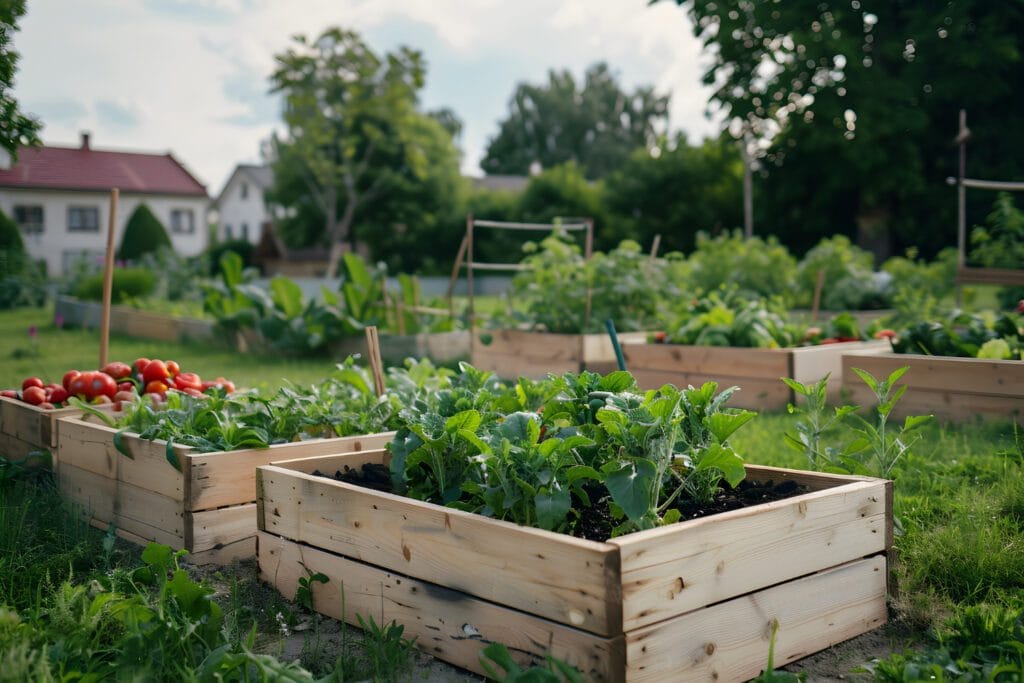
If you went to the grocery store last year, you probably felt the pain of increased food prices. Meat, eggs, dairy, and even essential commodities such as rice and flour suffered price increases, forcing many families to reconsider their finances. Supply chain concerns, fuel costs, and worldwide conflicts increased production costs, which were, as always, passed on to consumers. Meanwhile, droughts and extreme weather have devastated agriculture, making fresh vegetables more expensive. Economic collapse readiness is more than just stockpiling supplies for a future disaster; it is also about staying ahead of current shortages and price increases. Securing reliable, long-lasting food sources has never been more critical, especially when certain survival foods can last decades if stored properly. Learn More Here.
Preppers who noticed the warning signs did not wait until the stores were empty. They recognized what had worked in prior inflation spikes: buying in bulk before prices rose, storing food through canning and dehydration, and shopping from local farms rather than supermarkets. People who stockpiled freeze-dried meals, beans, rice, and shelf-stable proteins had plenty to fall back on when others were forced to pay more or go without. Some even took matters into their own hands, planting home gardens and keeping hens to decrease reliance on an unreliable system. Old-fashioned preservation methods, like the ones used by self-sufficient communities for generations, are still some of the best ways to keep food fresh without modern technology. See how here.
Preparing for 2025 entails being strategic about food storage. Instead of hastily buying pricey items when a crisis strikes, begin gradually collecting necessities now. Look for savings at warehouse clubs, discount retailers, and online bulk providers. Learn food preservation techniques so that nothing goes to waste, dehydrating, vacuum-sealing, and fermenting can help your food keep for years. And if you genuinely want to secure your food supply, begin growing your own. Even a little container garden can augment your supply and provide fresh vegetables when grocery shops cannot. This year, those who plan will never go hungry.
Your 2025 Preparedness Plan
The year before, it was painfully evident who was caught off guard and who was ready. Because they had already taken precautions to secure their food, power, and home defenses, several individuals were unaware of the shortages, blackouts, and increases in crime. Others discovered the hard way that optimism is not a viable survival tactic. If there’s one lesson to be learned from last year’s teachings, independence is now required rather than merely a choice.
Building resilience in the most critical areas should be the primary goal of 2025 preparation. It is imperative to have a security plan, backup power sources, and a dependable food supply. However, those serious about staying ahead will also sharpen their abilities, whether acquiring self-defense strategies, alternative energy sources, or off-grid living methods. You can stay afloat if the economy continues to decline by reducing wasteful spending and investing in material assets like food, land, and practical equipment. Financial readiness is just as crucial as physical readiness.
Serious preppers know that staying ahead means learning from past mistakes and refining their strategies. That’s why I’ve created a free ebook with a complete breakdown of the must-know prepping skills and survival tactics for 2025. Get Your Free Prepping Guide Now
Most people will continue to ignore the warning signs and rely on the exact flawed mechanisms that have let them down in the past, hoping that everything will return to normal. Being self-sufficient in 2025 requires planning and seeing food shortages, power outages, unstable economies, and increased crime before they become serious issues. When the next crisis arises, those who act now will be the ones who maintain control. Are you going to be prepared?

